Comparisons
Settling The Debate: Pony Cars vs. Muscle Cars
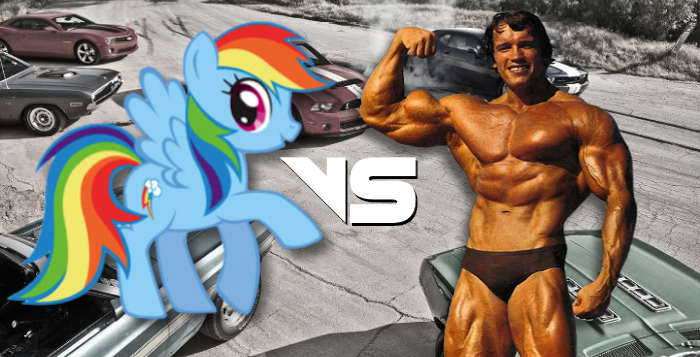
Pony Cars vs Muscle Cars
You’ve probably heard the terms pony car and muscle car thrown around in conversation and online when referring to Camaros, Mustangs, Challengers and other cars in this pocket of the auto industry. The problem with a lot of the Internet (and most of my friends) is that they are wrong about a lot of things, including the use of these words. While pony cars and muscle cars share some characteristics, and certain vehicles qualify as both, the two terms are not interchangeable. I’ll help clear the air so you can go from ignorant bystander to pretentious snob ready to criticize anyone who uses either term incorrectly.
Pony Cars
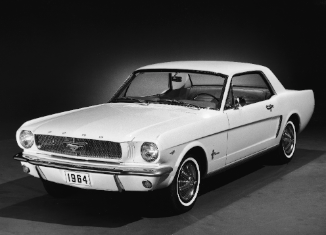
The 1964 Ford Mustang
The origins of pony cars trace back to the launch of the Ford Mustang in 1964. The Mustang was the first model to feature the now iconic stallion logo, hence the term “pony car.” As the first of its kind, the ‘64 Mustang provided, and still provides, the template for what makes a pony car. Here are the criteria:
- American-made
- Two-doors, four passengers
- Styling that includes a long hood, short deck, and open mouth
- Built with mass production parts
- Affordable base price with an abundance of available upgrades
Although the Mustang was the first pony car, it opened the floodgates for competitors trying to match its combination of performance, style, and affordability. Through the years, many automakers have tried their hands at creating pony cars, as vehicles like Pontiac Firebird, AMC Javelin, and Plymouth Barracuda have all come and gone. But not all pony cars have been phased out, and an elite group has stood the test of time. Today, the Ford Mustang, Chevy Camaro, and Dodge Challenger carry the torch as the current generation of American pony cars.
Muscle Cars
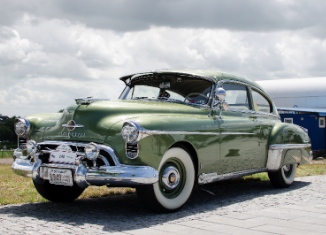
The 1949 Oldsmobile Rocket 88
Like pony cars, muscle cars are American-made two door coupes, but with a larger emphasis on performance and power. Typically, muscle cars will be equipped with a V-8 engine and rear-wheel drive and have space for at least four passengers. While the origins and criteria of muscle cars aren’t as clearly defined as they are for pony cars, many people consider the 1949 Oldsmobile Rocket as the first true muscle car.
What most will agree on is that muscle cars are built for straight-line speed and raw power. Through the years, automakers have built legendary muscle car models like the Pontiac GTO, Chevy Chevelle SS, Plymouth Barracuda, and Dodge Charger, which is still in production today.
Can Pony Cars be Muscle Cars?
Absolutely. And vice-versa. Think of it like a baseball player on steroids. Before he used performance enhancing drugs, the player — we’ll call him Barry — was a good athlete that commanded a salary most teams could afford. After taking steroids and adding a ton of power, Barry wants more money for his dramatically improved performance.
Pony cars that also are considered muscle cars are no different than Barry. While a base Mustang (pony car) is affordable to most drivers, upgrading to a 2014 Mustang Shelby GT500 with a 662-horsepower supercharged V-8 would qualify the Mustang as both a muscle car and a pony car. Those performance upgrades come at a price, however, making them less common than pony cars.
The golden age of muscle cars is in the past and most automakers no longer offer a true, stand alone muscle car, but rather upgraded versions of their pony cars. While the classics are still around, they are becoming more and more of a rarity on the road.
Comparisons
What Are the Most Powerful Sports Cars of 2022?
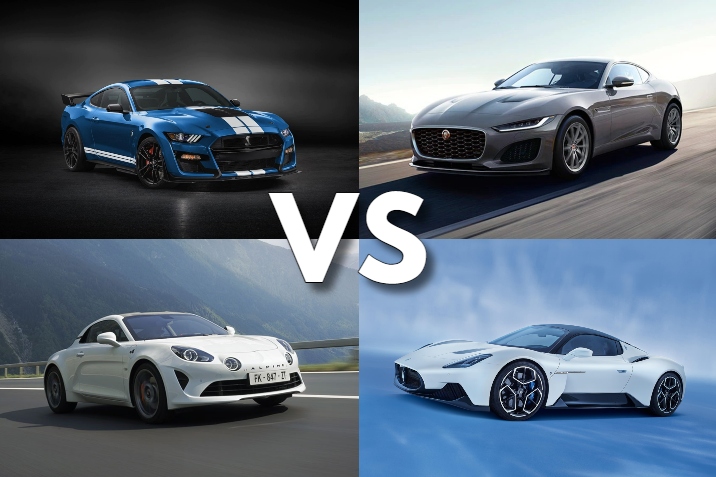
When shopping for a new car, many of us have our own list of needs and wants. While these lists will vary from person to person, one factor that some drivers like to enjoy is engine power. Many automotive brands have sports cars that will help you satisfy your need for speed. However, which model will provide you with the most power and speed? Which one should you buy in 2022? In this post, we will be looking at the most powerful sports cars of 2022. Keep reading to find out which one you should bring home from the dealership.
Which Models Will Satisfy Your Need for Speed?
In no particular order, these models, both new and returning, are great options to consider when shopping for a new sports car in 2022.
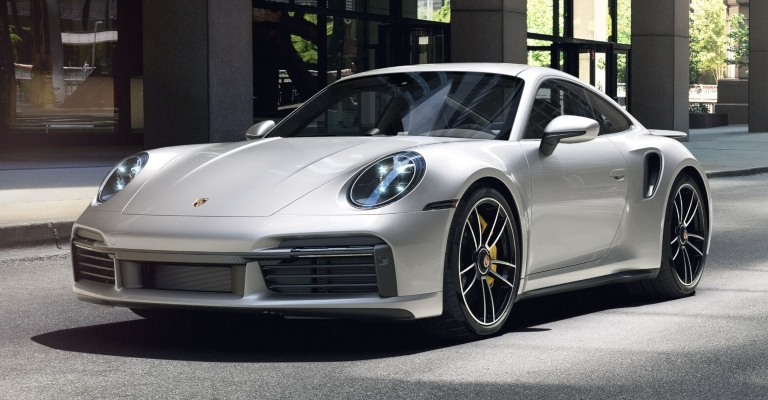
Porsche 911
A longtime favorite of sports car drivers, the Porsche 911 continues to provide an exhilarating driving experience after 60 years. The standard Carrera model can accelerate from 0-60 mph in approximately 4.2 seconds and reach a top speed of 182 mph. If you’re looking for a little more power, the Turbo S model has an acceleration time of 2.7 seconds and a top speed of 205 mph.
Maserati MC20
After 18 years of being off the market, the Maserati MC20 came back with a statement. Powered by a 3.0-liter twin-turbo V6 engine with 621 hp, the MC20 can accelerate from 0-62 mph in about 2.9 seconds and reach an impressive top speed of 202 mph. In addition to these specs, the MC20 also has F1-dervied technology which helps prove that it is still a strong force in the sports car segment.
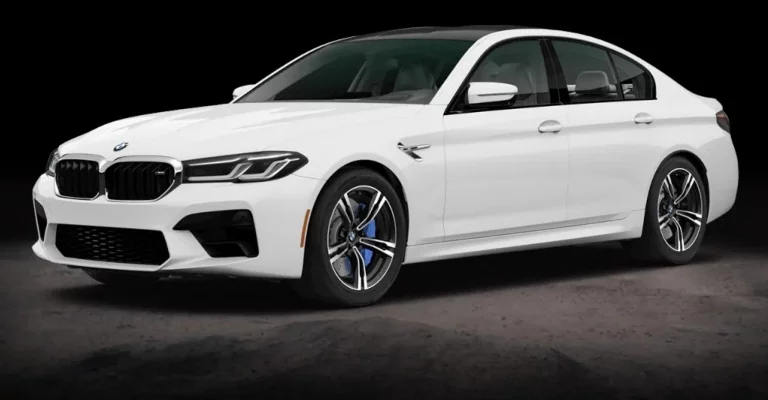
BMW M5 CS
This sports car takes the excitement that you enjoy with the BMW M5 and takes it to the next level. Although powered by the same V8 engine, the M5 CS has upgrades that provide it with an extra 10 hp, or a total of 626 hp. This model can go from 0-62 mph in 3.0 seconds and make its way up to a top speed of 189 mph.
Alpine A110
This two-seater sports car is designed as an homage of the original 1960s A110 and is the reintroduction of the Alpine brand after its long hiatus. The A110 is powered by a turbocharged 1.8-liter engine that can be tuned to offer either 248 hp or 288 hp. Paired with a seven-speed dual-clutch automatic gearbox, this model can accelerate from 0-60 mph in 4.5 seconds or in 4.4 seconds for the A110 S version.
Jaguar F-TYPE
The Jaguar F-TYPE has faced success since it first entered the market thanks to its powerful performance and affordable price tag. The F-TYPE P-450 model comes with a 5.0-liter V8 engine that provides up to 444 hp and 428 lb-ft of torque. This version achieves a top speed of 177 mph and an acceleration time of 4.4 seconds. The F-TYPE R version provides drivers with 575 hp, 516 lb-ft of torque, a top speed of 186 mph and an acceleration time of 3.5 seconds.
Ford Shelby Mustang GT500
The Ford Mustang has been a longtime favorite among drivers for its powerful specifications and driver-focused driving experience. However, the Shelby Mustang GT500 is the most powerful in Ford production history with 760 horsepower and 625 lb-ft of torque. The power of this sports car continues with its 0-60 mph acceleration time of 3.3 seconds and a top speed of 180 mph.
Comparisons
Acura NSX and Dodge Viper Highlight New-Age Vs. Tradition In Supercar Segment

Acura recently released specs on the much-anticipated 2017 version of the NSX. Meanwhile, the word from Dodge appears to be that the Viper could be discontinued after 2017. But even though the two vehicles may be headed in separate directions, consumers are no doubt still going to want to compare the two. (more…)
Comparisons
Which Of The Square Vehicles Out There Is Sponge-Worthy?
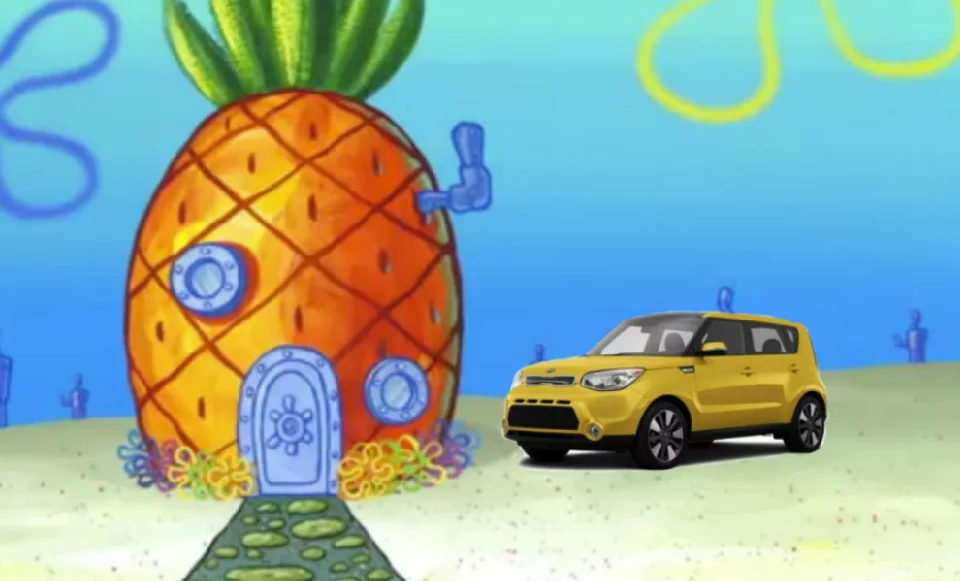
If you are even a casual fan of Spongebob Squarepants, then you probably know that the show’s subject has had a heck of a time earning his driver’s license. While Spongebob likely has some mental limitations that lead to this, I maintain that there is another reason altogether – he’s driving a boat with wheels on it…at the bottom of the ocean. (more…)
-
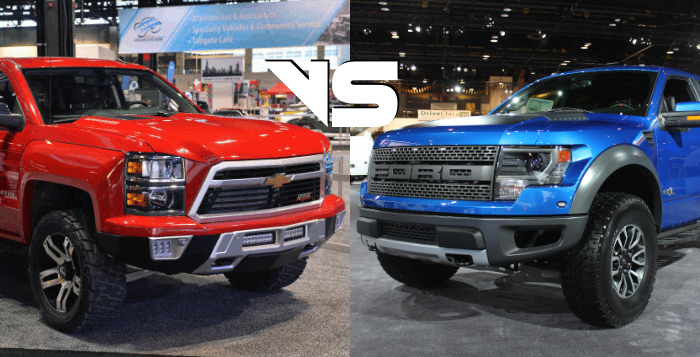
 Comparisons10 years ago
Comparisons10 years agoFord Raptor Has No Reason To Fear The Reaper
-
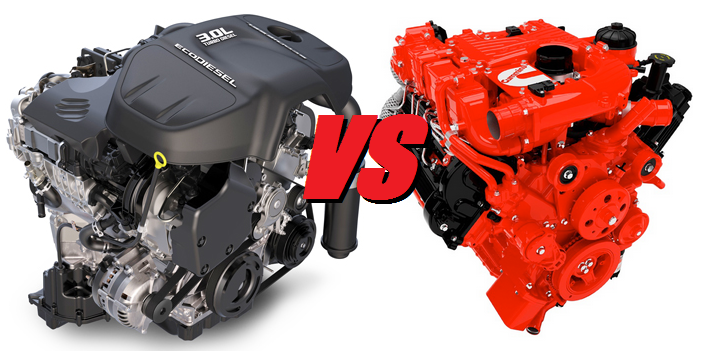
 Comparisons10 years ago
Comparisons10 years agoNissan Titan Diesel Gets Ram 1500 EcoDiesel’s Sloppy Seconds
-
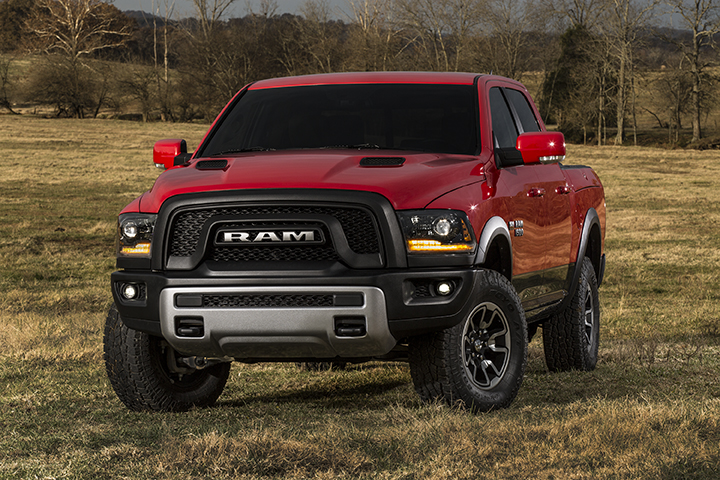
 New Cars9 years ago
New Cars9 years agoThe Ram Rebel Is Coming – But Is It Raptor Competition?
-
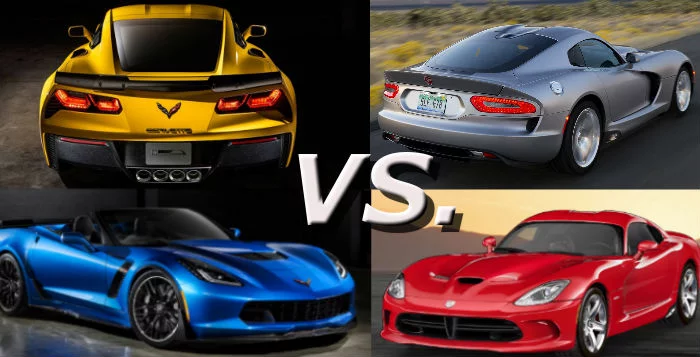
 Comparisons9 years ago
Comparisons9 years agoDid The 2015 Corvette Defeat The Viper In The Battle For Supercar Supremacy?
-
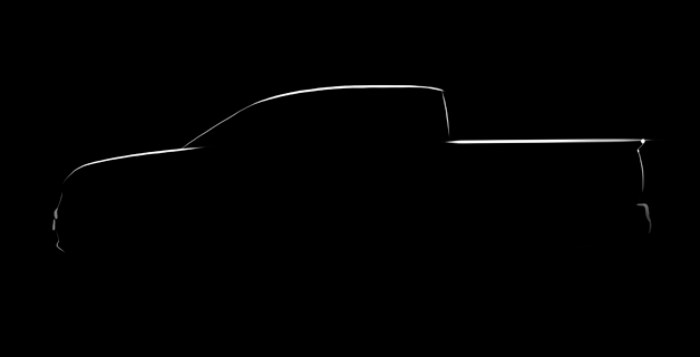
 New Cars9 years ago
New Cars9 years ago2016 Honda Ridgeline Will Need More Than Design Tweaks To Succeed
-
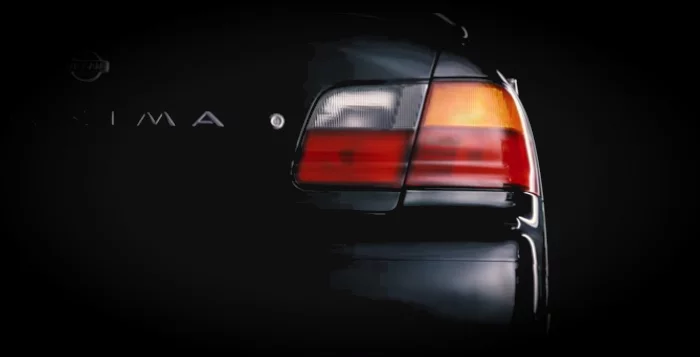
 Hot News9 years ago
Hot News9 years agoNissan Unveils Overhauled Maxima in Genius “Luxury Restored” Sequel
-
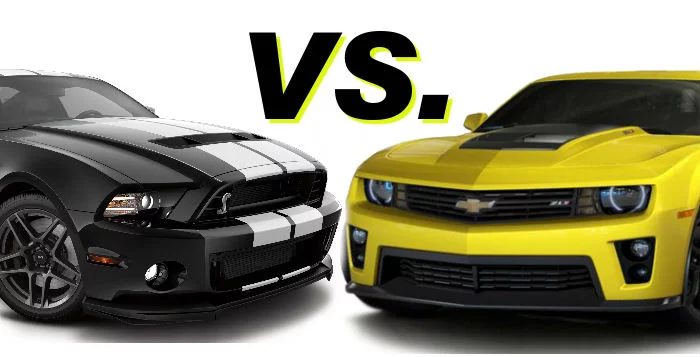
 Comparisons9 years ago
Comparisons9 years ago2016 Ford vs Chevy Battle Could Be The Best Yet
-
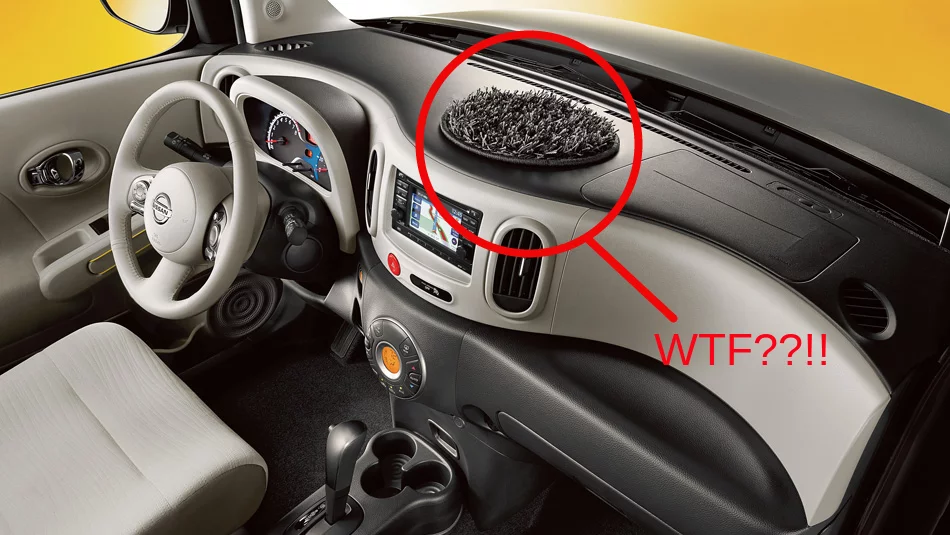
 Car WTFs10 years ago
Car WTFs10 years agoSeriously, Why Is There Shag Carpet On The Dash Of The Cube?


kumar
Mar 6, 2015 at 1:35 am
want to construct an american muscle car
Heather
Mar 25, 2015 at 11:39 am
Thanks so much for this! I’m a newbie restoring a 77 Camaro. There are so many little things that I know make me stand out in conversation as a newbie. This really helped me understand that I have a Pony Car until I add the power!
Jim
Jul 4, 2015 at 9:50 am
One key aspect you left out. Musclecars are 5+ passengers. Pony cars are 4 . The Dodge Challenger has always been a car that qualifies as both. Pony Cars try to balance 1/4 mi et with handling. Musclecars do not. Mustang and Camaro are Pony cars until you get to the fire breatheathing drag race only monsters then they are viewed as musclecars.
Rich
Jan 18, 2016 at 1:44 pm
Wrong…should realize that anyone comparing cars to baseball doesn’t understand…
Greg
Jan 31, 2016 at 10:14 pm
The use of a non car related metaphor does not make the author wrong Rich. That’s what a metaphor is! The Author’s description of what makes a pony car into a muscle car works. The high power upgrade creates a muscle car out of a pony car, but being built into a lighter car, it retains its pony status as well.
Chris
Feb 4, 2016 at 7:18 pm
I recall a definition that says muscle cars have full frame chassis. So, by that standard, pony cars are NOT muscle cars. Muscle cars are larger.
Leon Vaughn
May 17, 2017 at 12:47 pm
Exactly Chris, there is a clear difference between muscle cars and pony cars and one can’t become the other. Pony cars were generally smaller cars with unibody construction. There was a publication that came out in the mid/late 60s called “Pony Cars” and on the cover it listed Mustangs, Camaros, Javelins, Barracudas, Corvairs and maybe a couple others. Muscle cars were full frame, larger cars, with high power eight cylinder engines. Can a Pony Car be more powerful? Yes. You hit the nail on the head with the frame reference. That eliminates any car made in the last 20+ years from being a muscle car because they don’t have frames anymore.
Andy
Feb 8, 2016 at 9:34 am
In my opinion, nowadays pony cars aren’t pony cars anymore …
Mustangs from the 60’s weight from 1,1 tons to 1,3 or 1,4. Nowadays a Mustang weights 1.6 tons or more.
Nowadays pony cars are theoretically in muscle car area.
Not mentioning the downsizing….
Maybe one day we will drive a 1,3-1,4 tons pony car with a V8 engine …
mr.Camaro
Oct 24, 2016 at 3:47 pm
I see what you did there with Barry,Baseball and roid…. lol
good info btw.
Chet
Apr 13, 2017 at 8:43 am
If anyone bothered to read the history of both types of car, it would become obvious that the “platform” of the cars determined whether they were Muscle cars or Pony cars.
Muscle cars were based on ‘Intermediate’ sized platforms (Charger, Chevelle, Torino, etc) while Pony cars were based on ‘Compact’ platforms (Mustang, Camaro, Duster, etc).
Of course you’re going to get problems with definitions if you talk about vehicles made before 1964 (when the intermediate size was born) or after 1979-ish when sizes became obscured.
I also doubt there will ever be agreement about E-body Mopars which were basically shortened Intermediates…